GUEST BLOGGER ROBERTA GIBSON
Putting language arts to work: Forensic linguistics
When a crime occurs, detectives and forensic scientists work together to investigate. By definition, forensic science is the application of STEM techniques to matters of law. Most people think of fingerprints and DNA analysis when they think of forensics, but in fact experts from many STEM fields may be involved. A chemist may need to analyze the inks and type of paper of a note left at the crime scene, a computer technician may be needed to track a hacker, or a plant scientist may be needed to identify leaves found in a suspect’s car. Some scientists also study language.
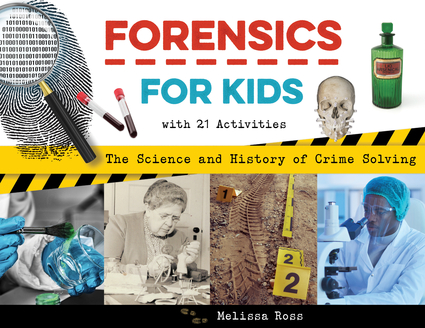
Practical applications of classroom lessons often help motivate young students. Let’s discover how what we learn in language arts can be used solve mysteries.
Everyone makes choices about how they write based on where they grew up, where they currently live, how old they are, how much education they’ve had, etc. Looking for patterns can help identify —or rule out —a person as the author of a given piece of writing.
Useful Definitions
- Linguistics is the study of human language.
- Forensic linguistics applies the science of linguistics to legal matters.
- Dialects are variations in the use of language from a standard.
- Idiolect is a person’s individual use of language.
- Syntax is how words and phrases are arranged in a sentence.
Clues to look for
Spelling
In the past, forensic linguists looked for spelling errors or unusual spelling choices to help figure out who wrote a piece. With the advent of spell checking software, blatant spelling errors are less common. However, even variations in correctly spelled words can reflect a person’s country of origin and other details.
In Britain, a person might go to the theatre in the town centre, whereas Americans go to the theater in the town center.
In a real life example, in a ransom note a kidnapper wrote the name of the father with an unusual spelling that only very close family members knew. Oops!
Punctuation
In Britain, many abbreviations don’t require a period after them. For example, a British citizen might write Mr and Mrs Smith on the envelope. In America, it would be Mr. and Mrs. Smith.
Do you use what is called the Oxford comma or not? When writing a series of items, whether or not to use the extra comma before the “and” is an individual choice. However, in America it is more common to add a comma, whereas in Britain it is more common to leave it out.
Example of so-called Oxford or serial comma after the word “pears”: “He wanted to buy three apples, four pears, and ten peaches.”
Without the comma: “He wanted to buy three apples, four pears and ten peaches.”
How dates are written also varies from person to person. In the U.S. we tend to use the forward slash in this order: MM/DD/YYYY, in Britain the format is DD/MM/YYYY. In Germany, they use period instead of slashes: DD.MM.YYYY.
Word choice
Do you say soda, pop, coke, or soda pop when you ask for a carbonated beverage? In general people on coastal regions of the U.S. ask for soda, in the Midwest and Northwest it would be pop, and Southeast favors Coke for all brands of carbonated beverages. In Britain, it would be a fizzy drink or fizzy juice.
Syntax
Syntax is the order of words in a sentence.
In a real word example, an unusual choice about word order in his writings was one of the chief clues that led to the identification and arrest of the wanted man known as the Unabomber.
Have you ever heard the phrase “you can’t have your cake and eat it too”? By using an earlier quotation that reversed the order of the verbs have and eat —“a man can not have his cake and eat his cake”— the Unabomber gave himself away.
Other clues
Other clues forensic linguists look for include average word length in the passage (number of characters per word), the use of articles (a, an, the, etc.), number and tenses of verbs, use of contractions or not, adverb and adjective use, capitalization, etc.
Put this knowledge to use by trying a few simple challenges.
Linguistics challenge 1
An art thief sent a text to the museum director asking about a valuable painting a few weeks before it was stolen. The police suspect a well-known American is the thief. Based on the information discussed above, are they on the right track? Write down the clues you used to make your conclusion.
Text:
“What colour is in the centre of the abstract painting by Mr Jones? Is it blue, green or red?”
Linguistics challenge 2
When someone reported a man missing, the police found a note on the kitchen table. The missing man was from the Midwest originally, whereas his roommate was from the East Coast. Did the man write the note? What clues tell you who might have written it?
Note contents:
“I’m stopping by the store get some food, snacks, and pop before I to go up north.”
Linguistics challenge 3
Study the two sample texts, then predict whether person A or person B wrote the threatening social media post. What clues did you use?
Text from person A:
“He’s such a noob. Idk why she likes him.”
Text from person B:
“IDK. What do you think about him?”
Social media post in question:
“If you do not stop it, UR going to be in trouble.”
How did you do? Was it fun?
Now research and make up your own challenges.
Featured image credit: “solve the crime 34” by Pasco Schools is licensed under CC BY-NC 2.0.
Roberta Gibson’s muse sends her stories for both adults and children. Her recent adult works include “The Journeys in Between” in Clinch Magazine and mystery short stories in the 2021 and 2023 SINC Desert Sleuths anthologies. Her children’s picture book How to Build an Insect (Millbrook Press) received two notable awards in 2022. Roberta lives in Phoenix, Arizona with her husband and son. You can visit her at https://robertagibsonwrites.com/ , Twitter @RobertaGibson or Instagram @RobieGibson.


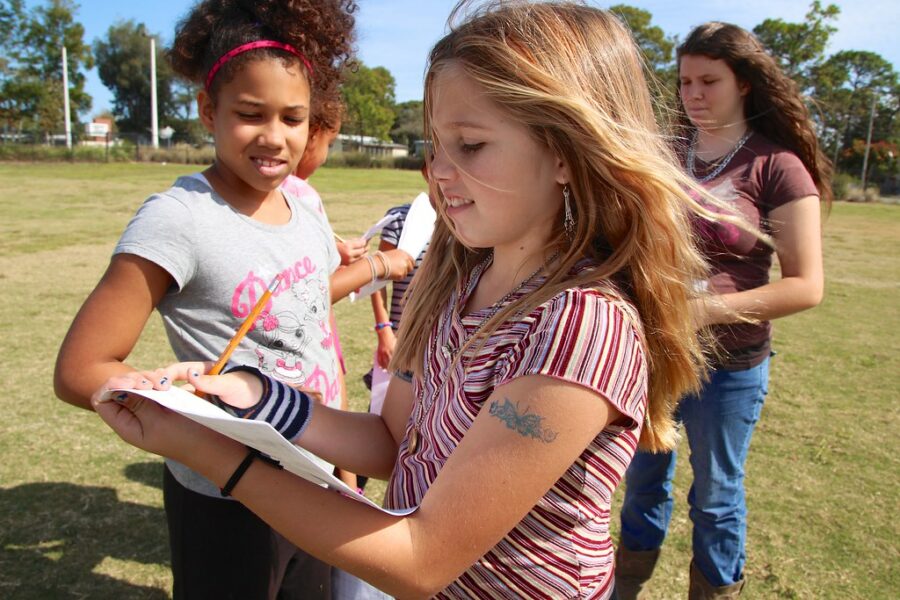

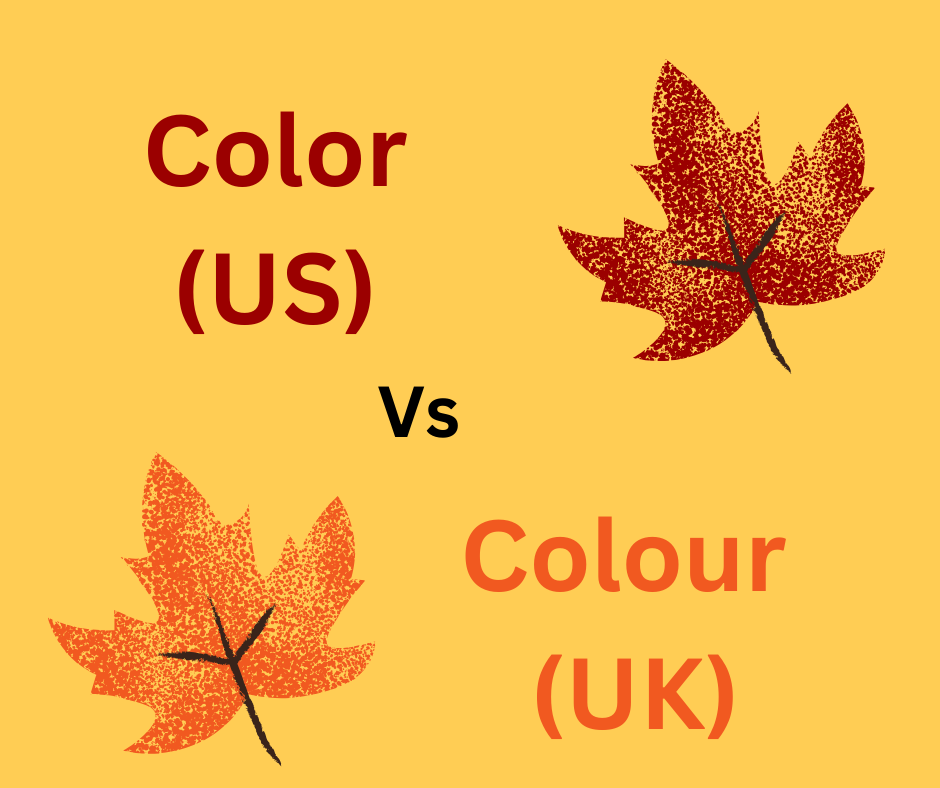
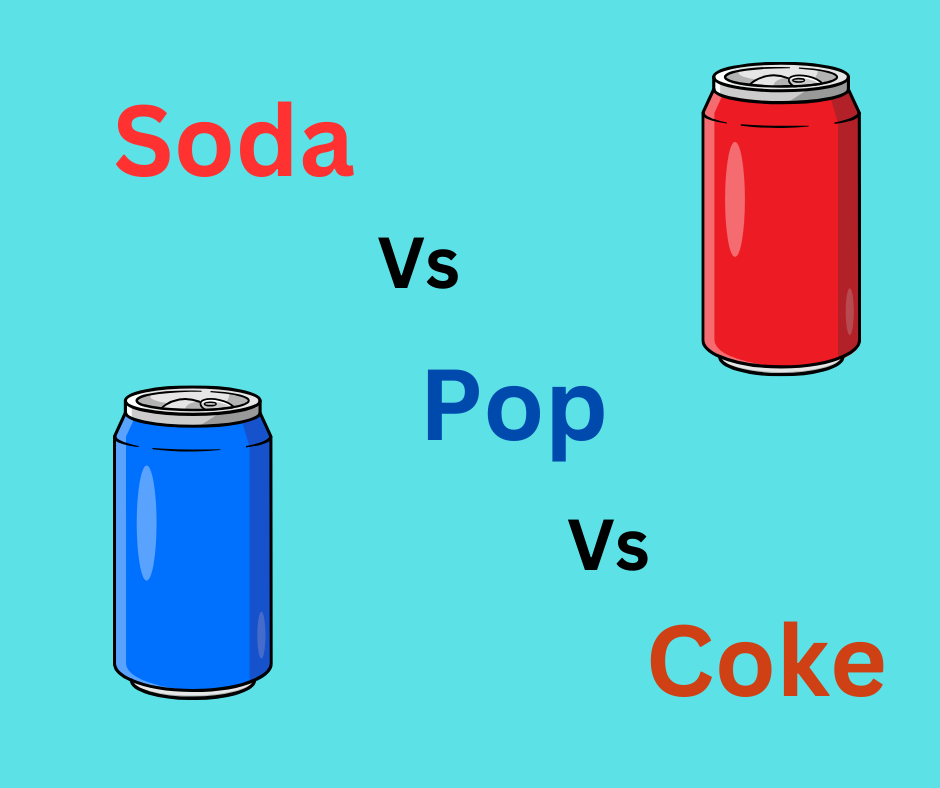

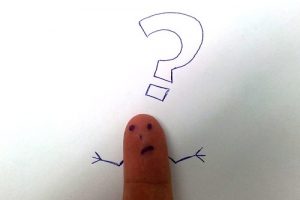

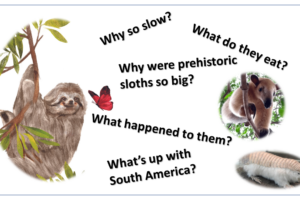


Leave a Reply
Your email is safe with me.